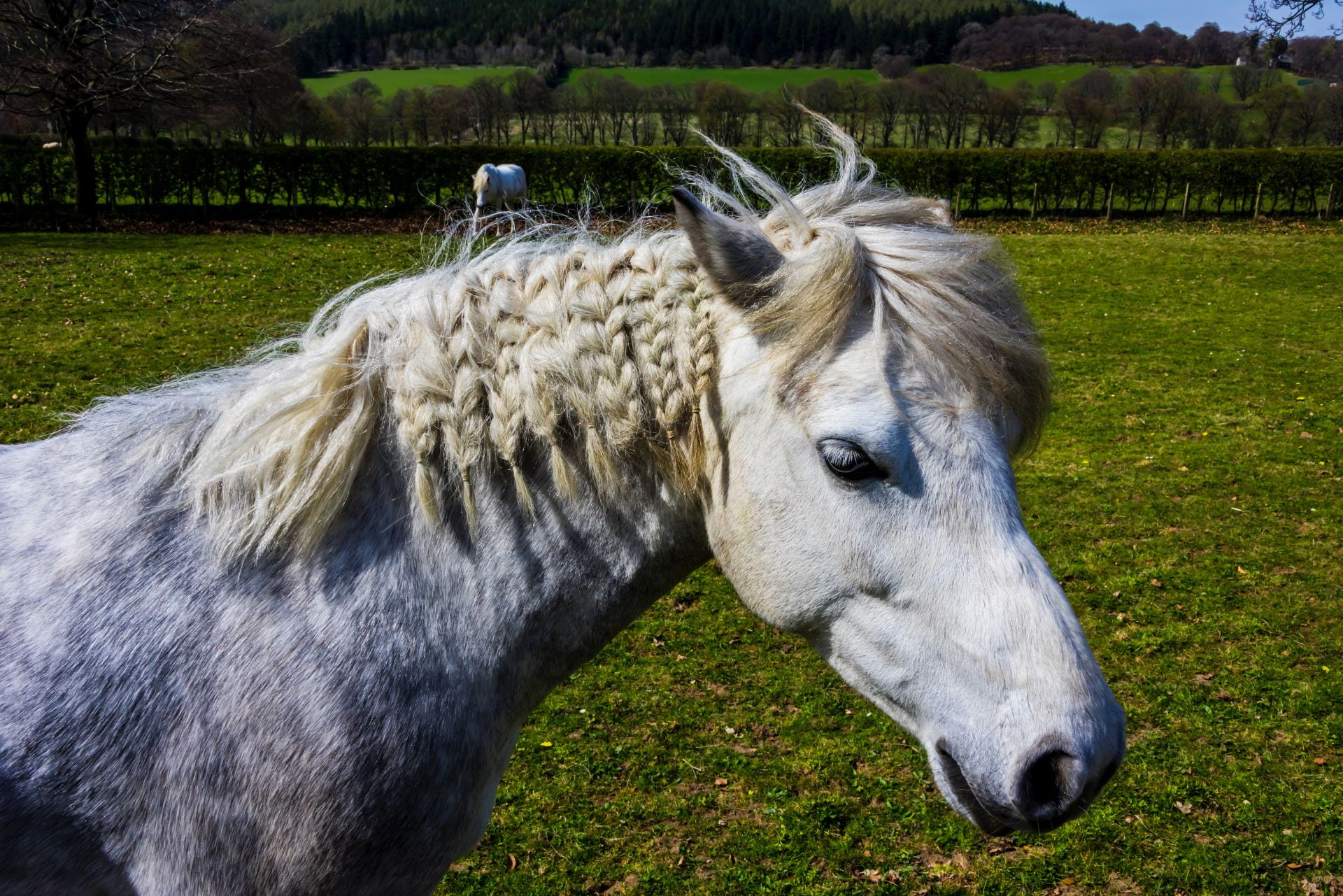From domestic pranksters to mysterious chore helpers, the household spirits of the Middle Ages lurked in every dark corner of the home, wreaking havoc if any social mores were violated but assisting with the sweeping if a person left out a plate of milk at night. The domain of these medieval household spirits went beyond the house however, according to popular belief their realm could extend across the property all the way to the stables. Even the livestock weren’t safe from their mischief, one sign of the presence of household spirits was the tangling or braiding of horses’ manes.

Also known as ‘elf braids’, ‘dwarf braids’, and ‘elflocks’, the tangling of horse manes into plaits was thought to be the work of supernatural creatures across Europe (Lecouteux 140). Claude Lecouteux explains the rationalization for the plaits as “either the spirit takes care of the horses and looks after their health, or else he detests them and displays his hatred in this fashion” (141). This varied treatment of the animal often depended on both whether it was a good spirit or evil one and whether a human had intervened. Household spirits were known to “gallop the horse over the pastures at night” and “mess up their manes to make stirrups for themselves” but if anyone cut short a horse’s mane that was a favorite for braiding, the spirit could cause any pregnant mares to miscarry (Lecouteux 140).

Interestingly, the idea of spirits braiding hair as a form of favoritism might have been a reoccurring motif. For humans, braiding another person’s hair can be seen as a caring gesture and as Lecouteux notes, some household spirits in Russia were said to have braided the hair of women they had taken a liking to (141).
But were all the accounted horses’ manes really braided by mysterious household spirits or could the cause have been of a more practical concern? Well since these braids were described as ‘tangled’, they were more likely matted hair interwoven into plaits than the neat rows of braids that are thought of today. Lecouteux explains that a disease named ‘Polish plait’ could be to blame for the twisting of horses’ manes as it caused “the hair of the mane to become tangled and matted” (140).
No matter the real reason for the tangled manes, the popular explanation during the Middle Ages became a characteristic attributed to supernatural spirits across Europe, linking people through their constant companion and nuisance, the household spirit.
By Alanna Davey
Bibliography
– Lecouteux, Claude. The Tradition of Household Spirits. Rochester, Vermont: Inner Traditions, 2013.
